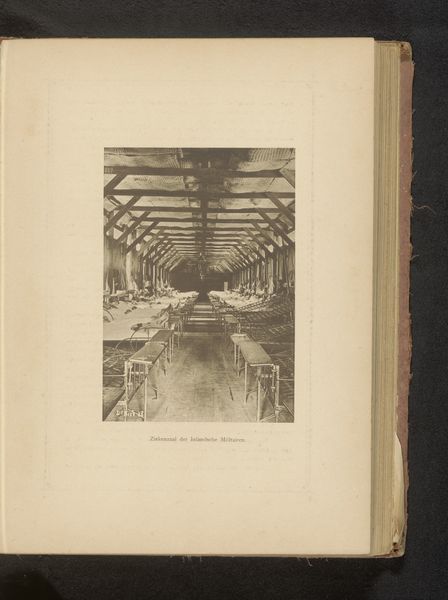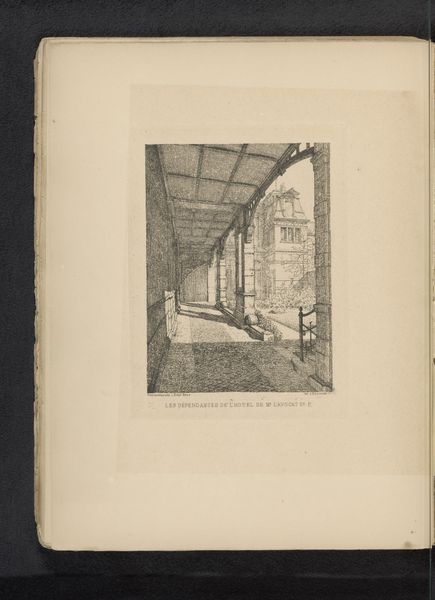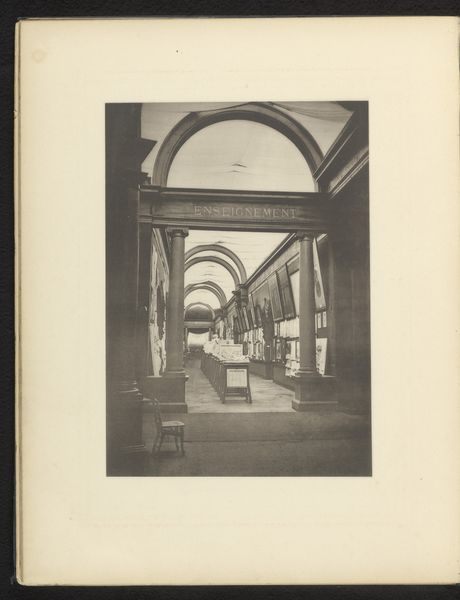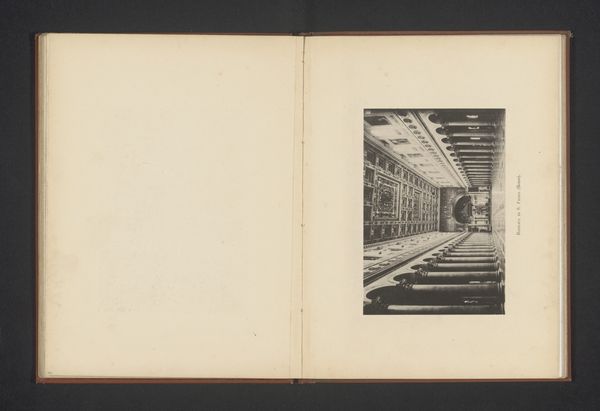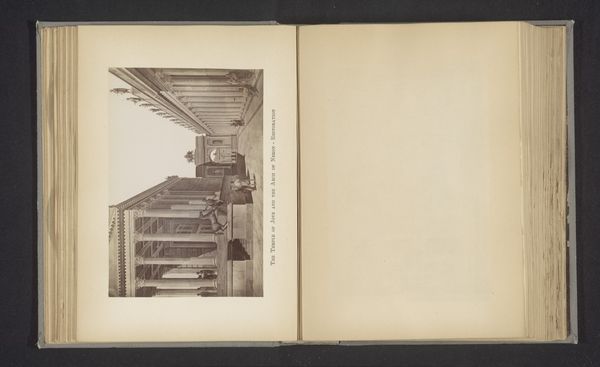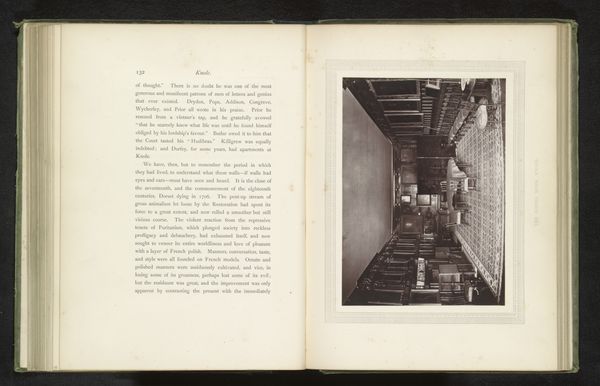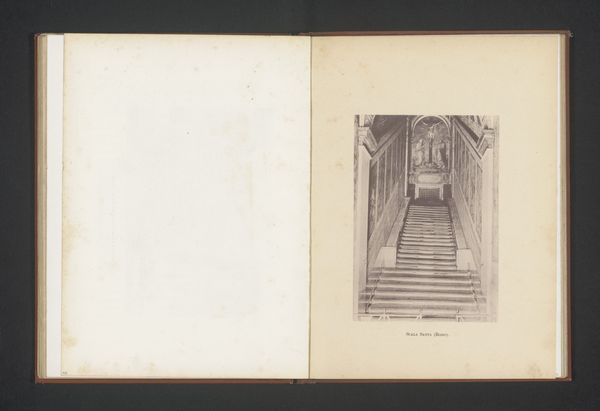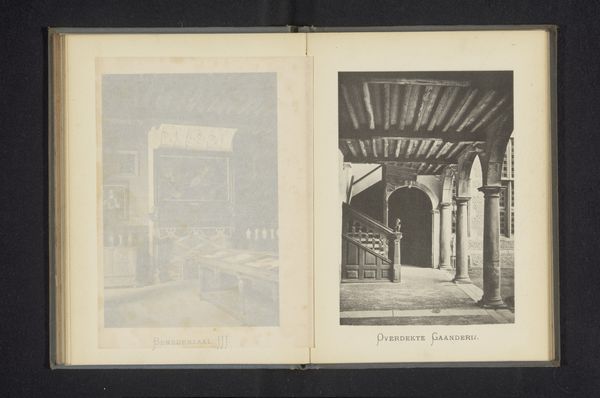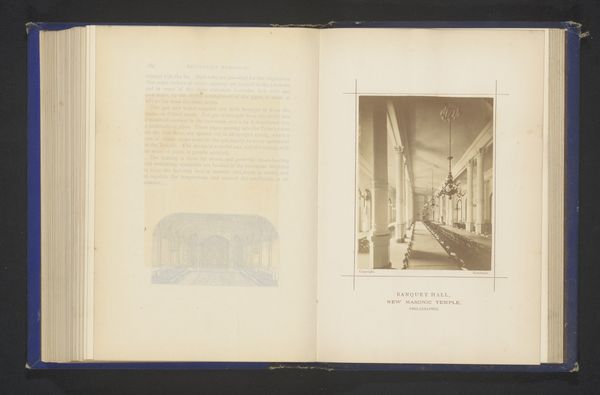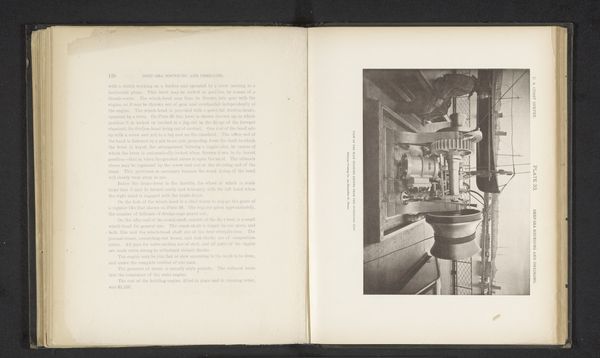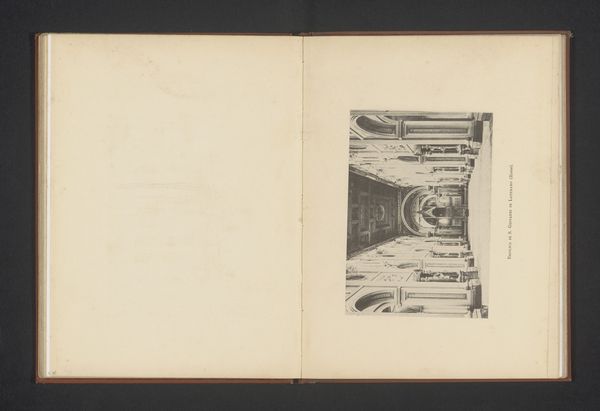
photography, gelatin-silver-print
#
portrait
#
photography
#
gelatin-silver-print
#
genre-painting
#
realism
Dimensions: height 164 mm, width 119 mm
Copyright: Rijks Museum: Open Domain
Editor: This is a photograph from before 1897, titled "Ziekenzaal voor dwangarbeiders," or "Infirmary for Forced Laborers" by Christiaan Johan Neeb. It's a gelatin-silver print, and the sheer scale of the room is immediately striking. It evokes a strong sense of melancholy. What do you see in this piece? Curator: Beyond the obvious suffering depicted, I see potent symbolism. Notice how the photograph's composition funnels our gaze down the long room, accentuating the endless rows of beds. This isn't just about depicting a physical space; it’s about conveying a feeling of oppression and the dehumanization inherent in forced labor. Does the image remind you of any historical events or perhaps contemporary symbols of forced labor or incarceration? Editor: I suppose the perspective reminds me a bit of prison films and photographs, with the repetition of similar spaces conveying a loss of individual identity. Do you think that's intentional? Curator: Absolutely. The artist uses realism not just to document, but to evoke an emotional response. The beds themselves, identical and lined up in rows, become symbols of a system that strips individuals of their humanity. Consider also the subdued lighting – what emotions does this provoke in you? Editor: It definitely adds to the grim atmosphere and the sense of hopelessness. Curator: Exactly. The visual language speaks to cultural memory, doesn't it? This image preserves not only a historical moment, but also the psychological impact of such conditions. Recognizing these symbols helps us to remember, and hopefully, to prevent such atrocities from recurring. Editor: This really opens my eyes to the deeper meaning within a seemingly straightforward depiction of a hospital ward. Thanks for pointing out those details!
Comments
No comments
Be the first to comment and join the conversation on the ultimate creative platform.
